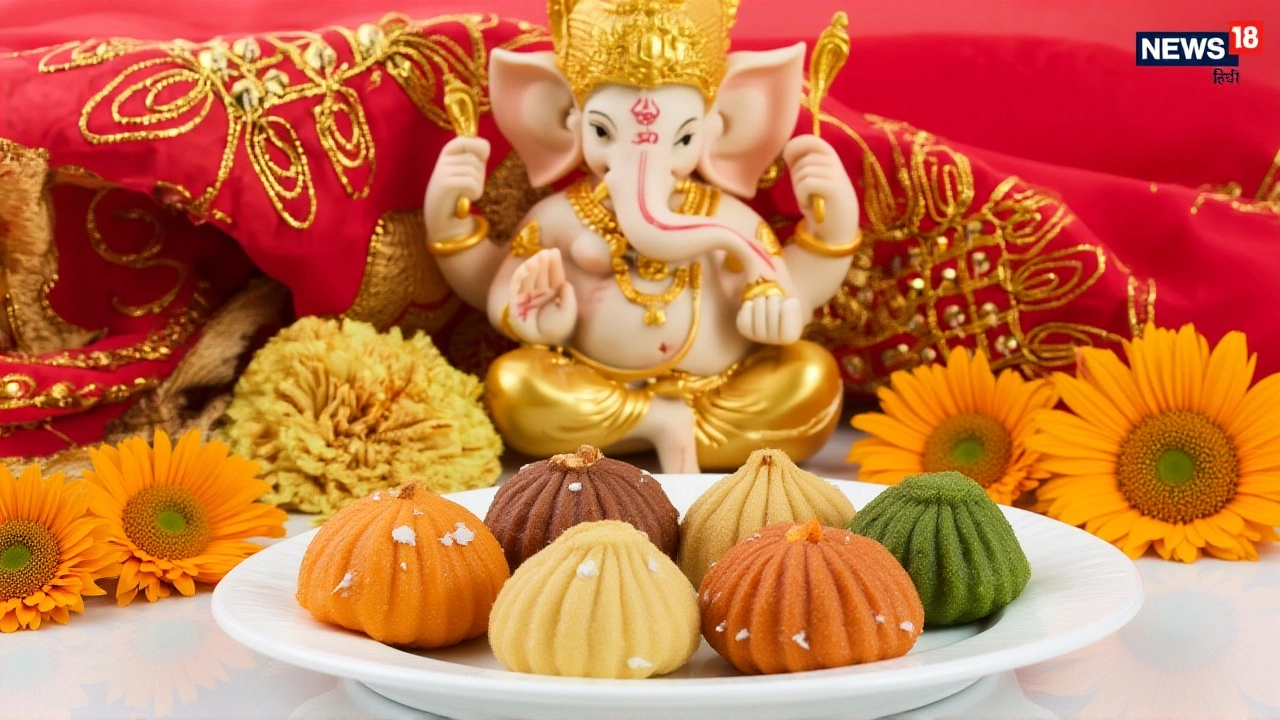Kajari Teej: Understanding the Monsoon Festival for Women
When working with Kajari Teej, a traditional Hindu festival celebrated primarily by women in North India during the monsoon season. Also known as Kajari festival, it occurs on the third day after the new moon in the month of Bhadrapada and involves fasting, prayers, and folk singing. This celebration connects deeply with agricultural cycles and women's cultural traditions across Uttar Pradesh, Bihar, and Rajasthan. Unlike other Teej festivals that focus on marital bliss, Kajari Teej has unique regional flavors with its distinctive Kajari songs that tell stories of separation and longing.
You'll also notice the connection between Kajari Teej and Teej festivals, a series of monsoon celebrations observed by women across North India that share similar themes but differ in timing and regional practices. While Hartalika Teej involves elaborate preparations with henna and swings, Kajari Teej centers around the emotional Kajari folk tradition. The monsoon season, the rainy period between July and September in India provides the perfect backdrop for this festival, as the lush green landscape symbolizes fertility and renewal. This timing isn't random - farmers' wives connect their prayers with the agricultural cycle, hoping for good harvests and family prosperity.
What Makes Kajari Teej Special
What truly sets Kajari Teej apart is its musical tradition. The Kajari songs, emotional folk melodies traditionally sung during the monsoon season tell poignant stories of separation, often from the perspective of women missing their husbands. These songs blend with the rhythm of the rain, creating a unique cultural expression that's been passed down through generations. While many modern celebrations focus on the visual aspects - colorful saris, intricate henna designs, and festive foods - the heart of Kajari Teej remains in these melancholic melodies that capture the essence of women's experiences.
Unlike some religious observances that have faded with time, Kajari Teej has maintained its relevance through adaptation. Women today may not observe all traditional fasting rules strictly, but they preserve the cultural identity through community gatherings and social media sharing of Kajari songs. The festival has evolved from being purely domestic to becoming a public celebration in many towns, with cultural programs showcasing the traditional music and dance. This evolution shows how ancient traditions can stay meaningful in modern society without losing their core essence.
When you explore news coverage of Kajari Teej, you'll find stories about how women balance traditional observance with modern lifestyles. Some reports highlight how working women manage fasting while maintaining professional responsibilities. Others focus on the commercialization of the festival, with markets flooded with special Kajari Teej products. There are also pieces examining how the festival reinforces community bonds among women, creating spaces for sharing and support that extend beyond religious practice.
What's interesting about Kajari Teej in contemporary times is how it reflects changing social dynamics. While traditionally focused on prayers for husbands' longevity, modern interpretations increasingly emphasize women's well-being and empowerment. Some community programs now pair the festival with health camps or skill development workshops, blending tradition with practical support. This adaptation shows how cultural practices can evolve while maintaining their core identity - a pattern we see across many traditional celebrations in today's India.
As you scroll through the stories below, you'll notice how news coverage approaches cultural events from multiple angles. Some pieces dive into the historical roots of Kajari Teej, while others examine its economic impact on local markets. You'll find visual features showing the colorful rituals, as well as analytical pieces on how monsoon festivals reflect India's agricultural heritage. Whether you're looking for practical information about the festival dates or deeper cultural insights, this collection brings together diverse perspectives that capture the full spectrum of Kajari Teej's significance in modern India.

Ganesh Ji Ki Katha: Must-Read on Kajari Teej & Sankashti Chaturthi
On Aug 22 2023, Kajari Teej, Sankashti Chaturthi, Bahula Chauth & Satudi Teej aligned, prompting devotees to read Ganesh Ji Ki Katha for full fast benefits.